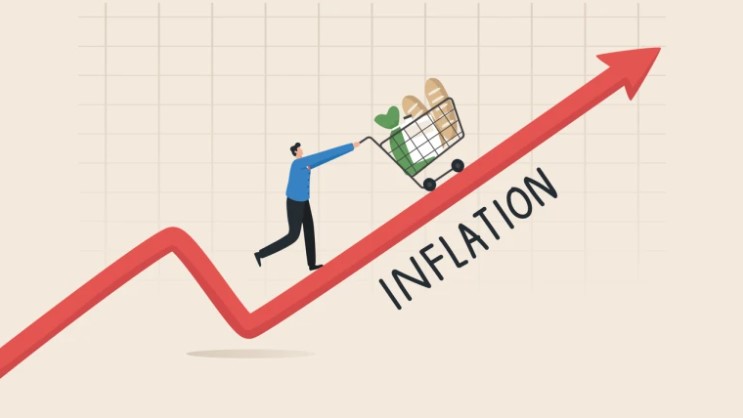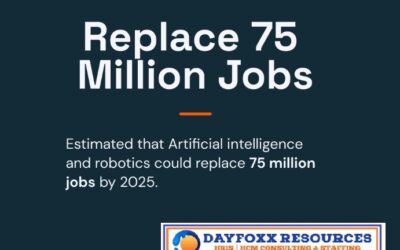In the realm of economic discussions, wage inflation has often been touted as a significant concern by policymakers, analysts, and even the general public. The idea behind wage inflation is that as wages increase, it leads to higher costs for businesses, which then results in higher prices for consumers, ultimately causing an upward spiral of inflation. However, upon closer examination, the concept of wage inflation reveals itself as a rather peculiar and exaggerated notion. In this article, we will delve into the reasons why wage inflation may not be as alarming as it is often made out to be
The Limited Impact of Wage Increases on Inflation
Contrary to popular belief, wage increases do not necessarily translate into inflationary pressures. Inflation is influenced by a multitude of factors, including supply and demand dynamics, monetary policy, and productivity growth. While wage increases can contribute to inflation, their impact is far from deterministic or dominant. Other factors, such as changes in energy prices, global market trends, and government policies, have a more substantial influence on inflation rates.

Wage Growth vs. Real Wage Growth
When discussing wage inflation, it is essential to differentiate between nominal wage growth and real wage growth. Nominal wage growth refers to the increase in wages without accounting for changes in purchasing power due to inflation. Real wage growth, on the other hand, considers both nominal wage increases and the corresponding inflation rate. Therefore, the focus should be on real wage growth, as it provides a more accurate measure of how workers’ purchasing power evolves over time.
Productivity and Wage Adjustments
One of the primary drivers of wage increases is productivity growth. When workers become more efficient and contribute to higher output, it is natural for them to demand higher wages. This relationship between productivity and wages should not be viewed as a negative spiral leading to inflation but as a positive feedback loop. Increased wages incentivize workers to enhance their skills and productivity further, contributing to economic growth and prosperity.
The Distributional Effects of Wage Increases
Wage increases can also have positive social and economic effects, particularly when they benefit low-income workers who are more likely to spend their additional income on essential goods and services. This injection of demand into the economy can stimulate local businesses, promote job creation, and foster a more inclusive society. Instead of perceiving wage increases as inflationary, we should acknowledge their potential to reduce income inequality and strengthen the foundations of a healthy economy.
Contextualizing Inflationary Pressures
It is crucial to understand that inflation is a multifaceted phenomenon influenced by various macroeconomic factors. By attributing inflation solely to wage increases, we oversimplify a complex economic landscape. A more comprehensive approach is required, considering factors such as monetary policy, supply chain disruptions, import/export dynamics, and overall demand and supply conditions. By contextualizing wage increases within the broader economic context, we can discern that wage inflation is not the sole culprit behind rising prices.
In Closing
Wage inflation, often portrayed as a perilous concept, can be deemed as more of a mirage than a substantial threat to the economy. While wage increases can contribute to inflationary pressures, the impact is far from linear or deterministic. Other factors, such as productivity growth, government policies, and global market dynamics, have a more substantial influence on inflation rates. Recognizing the positive aspects of wage increases, such as reduced income inequality and increased consumer demand, allows us to view the concept of wage inflation in a more nuanced and realistic manner. By doing so, we can engage in more productive conversations about economic growth, social welfare, and sustainable prosperity.












0 Comments